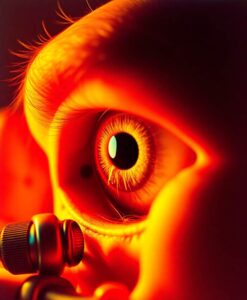The emerging research on visual imagination differences reveals something profound about human diversity. Some people experience memories and dreams like high-definition movies, while others encounter only faint impressions or no visual imagery at all. This spectrum of mental experience challenges our assumptions about perception and consciousness, showing how uniquely each brain constructs its internal reality.

What makes these discoveries so compelling isn’t categorization, but understanding. By exploring how different minds work, we gain insight into the extraordinary range of human potential. Researchers are uncovering not limitations, but the remarkable adaptability of our cognitive architecture. Each brain tells a different story—and learning to listen carefully can transform how we see ourselves and each other.
We live much of our lives in our heads, detached from the here and now – as when we recollect the past, anticipate future possibilities, lose ourselves in a daydream, a novel, or our favourite corner of science [1]: ‘what sets us apart is…a life in the mind, the ability to imagine’ [2]. For most of us, sensory imagery, which allows us to experience the sensory properties of objects in their absence, is a central element of our imaginings [3]. The realisation that ~4% of people lack visual imagery, facilitated by a term with which to describe this, aphantasia [4], while an even higher proportion, with hyperphantasia, enjoy imagery rivalling the vividness of perception, has triggered a recent surge of research.


